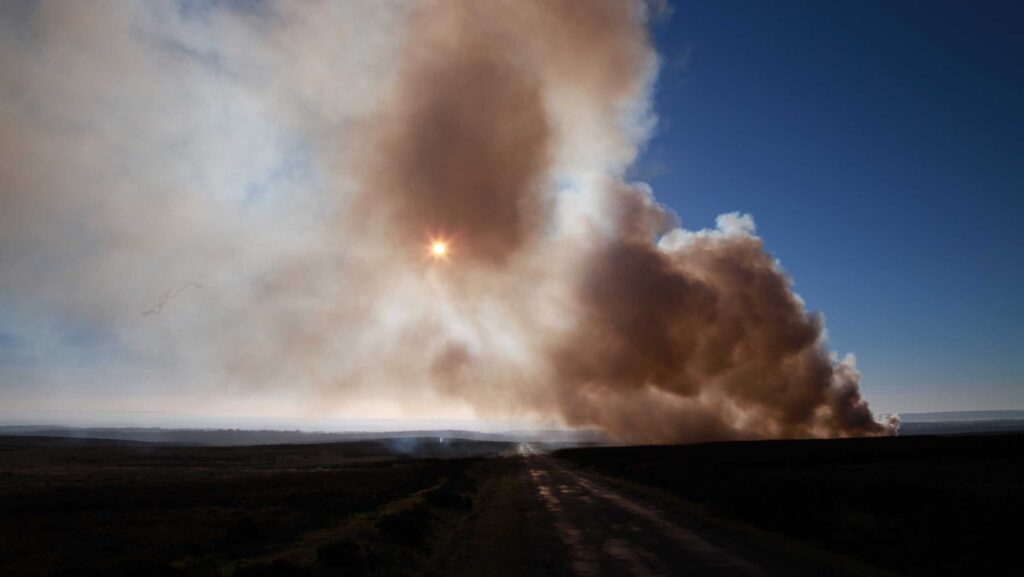Wildfire warning as Labour plans to ban controlled burning
 © Adobe Stock
© Adobe Stock UK government plans to further restrict controlled burning on peatland has been met with criticism by campaigners, who say the move will risk increasing out-of-control wildfires across the country.
The Countryside Alliance has sounded the alarm following the announcement by Defra that it intends to exclude a further 146,000ha of deep peat in the uplands from controlled burns, saying it removes a vital tool in managing wildfires.
See also: Wet weather set to relieve farmers’ drought fears
According to the alliance, almost 300 wildfires have already been reported this year – including on Bodmin Moore, the Dorset and Hampshire border, in County Down (NI), Galloway in Scotland, as well as several across Cumbria.
Restricted area
Restriction of burning regulations were introduced in 2021 and are now set to be extended to include large swathes of moorland in the Yorkshire Dales, North York Moors, Pennines and the Peak District.
If implemented, these changes will increase the area currently protected from 222,000ha to more than 368,000ha of England’s total 677,250ha of deep peat.
Under the new proposal – which is the subject of an ongoing Defra consultation – the definition of “deep peat” would also be revised to include peat more than 30cm deep, rather than the previous measure of 40cm.
Any burning, Defra says, would need to be done under strict licence where there is a clear need, such as reducing wildfire risk.
Unintended consequences
Defra has argued that the proposed action will improve air quality in villages, towns and cities, help the UK reach net zero by 2050, and expand wildlife-rich habitat.
“The UK has 13% of the world’s blanket bog. A rare global habitat, it is a precious part of our national heritage, and that is why we‘re running a consultation on these measures to ensure deep peat is better protected,” said nature minister Mary Creagh.
However, the Countryside Alliance argues that the uplands, which are home to many of the UK’s rarest and most treasured bird and plant species, will be placed at greater risk if the burning of vegetation is overly restricted.
The most effective method of reducing the fuel load of heather, the alliance says, is through controlled burns carried out by experts – including gamekeepers and other conservationists.
“The previous government recognised that the risk of wildfires increased if moorland is left unmanaged.
“it is essential that decisions on how we manage our uplands are made using available evidence and the most recent research, which recognises the importance of controlled burning as one of the key elements of moorland management, and not on the misrepresentation and distortion of lobbyists,” said Adrian Blackmore, a director at the Countryside Alliance.
Support for government plans
The Wildlife Trusts have, however, welcomed the plans, saying that burning peatlands harms nature and the climate.
“The practice is entirely unnecessary – extensive evidence shows that alternate forms of moorland management, particularly blocking up drains and restoring water to natural levels, works much better than burning,” said Rob Stoneman, director of landscape recovery at the Wildlife Trusts.
